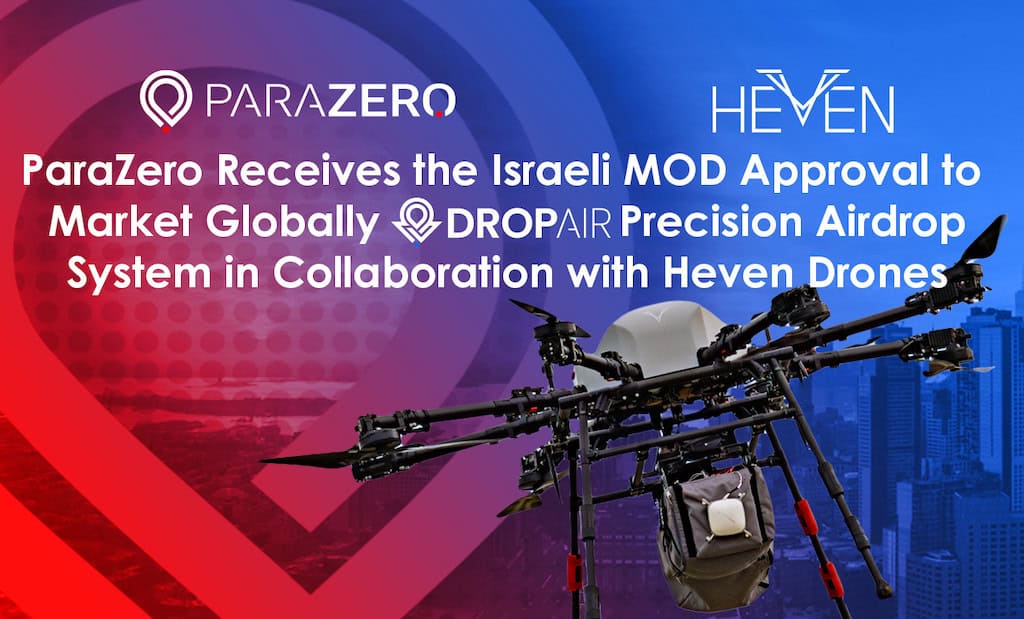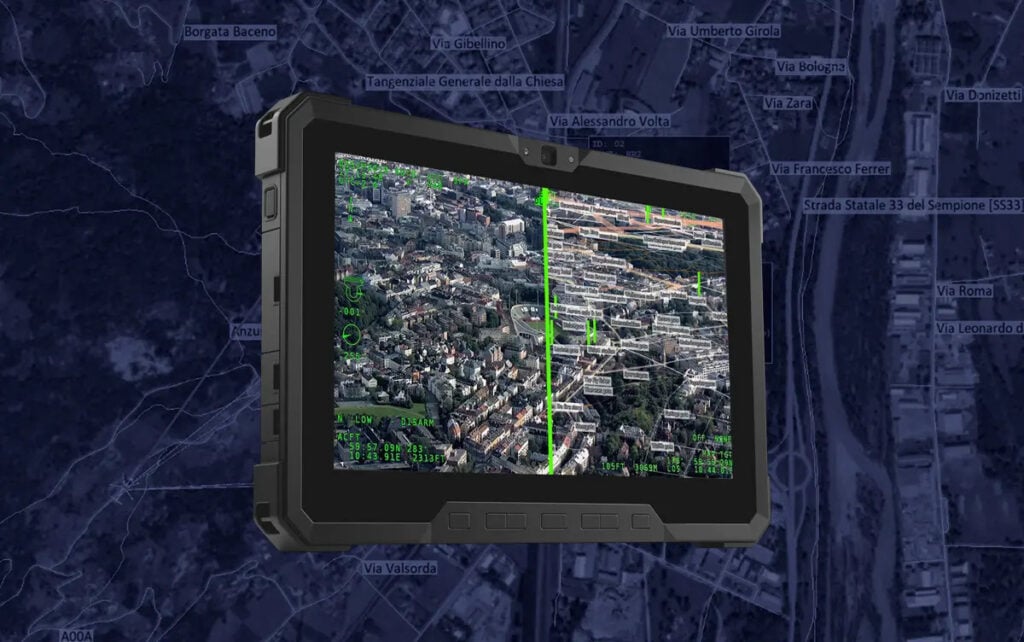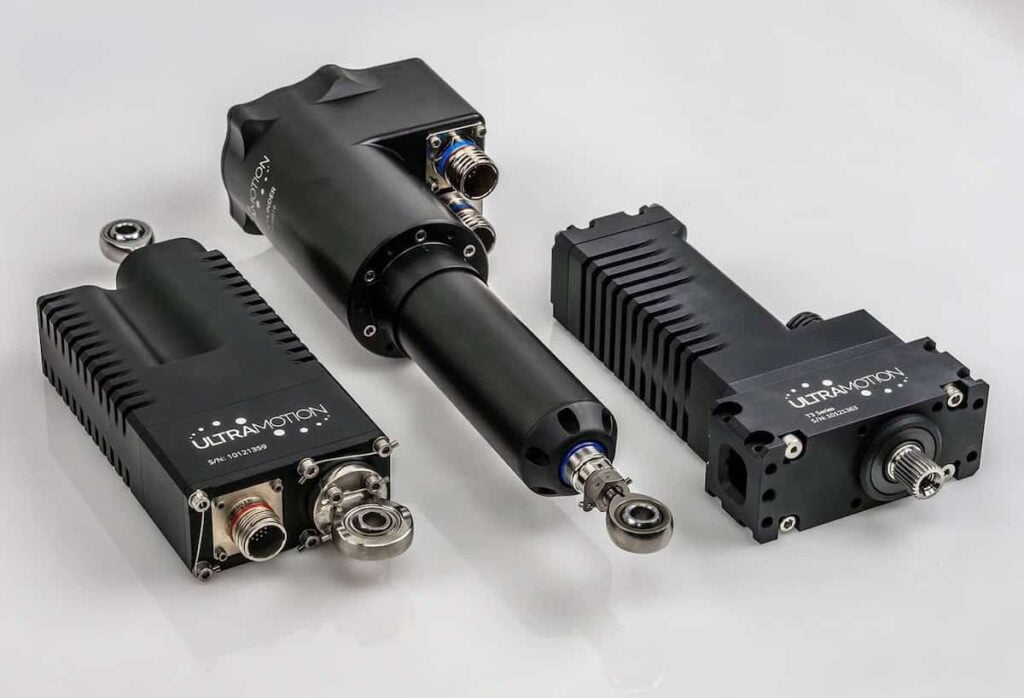
ISR Platforms
Discover cutting-edge solutions from leading global suppliers
Scientific Systems Company, Inc. (SSCI) has been awarded a contract from the U.S. Army Rapid Capabilities and Critical Technologies Office (RCCTO) to demonstrate the disruptive power of autonomous air and space platforms collaborating to provide Intelligence, Surveillance and Reconnaissance (ISR) information.
Using its advanced edge-based autonomy software, the SSCI team envisions the program ultimately demonstrating that a single soldier in the field requesting real-time intelligence products on a smart device will have the same simplicity as requesting an Uber or Lyft.
Selected as part of the Army’s XTECH RCCTO Army Strategic Rapid Acquisition (AStRA) competition held in June 2021, SSCI will advance technology insertion in its 18-month Army Responsive Tactical ISR Technology (ARTIST) program. In ARTIST, SSCI runs its Artificial Intelligence (AI) and Machine Learning (ML) enabled software suite, known as Collaborative Mission Autonomy (CMA), on edge processors located both on a satellite and on a pair of tactical air platform Unmanned Aerial Vehicles (UAVs).
CMA is a mission operating system that autonomously commands unmanned platforms to execute mission objectives in coordination with other unmanned teammates. CMA has been previously demonstrated both in the maritime and air domains, enabling large numbers of vehicles to autonomously collaborate in communications-challenged environments with very limited human supervision.
For the space layer of ARTIST, SSCI will use existing satellites as a test asset. An Onboard Edge processor is loaded with SSCI’s CMA software. Able to control both the On-Orbit Asset and onboard Electro-Optic (EO) imager, CMA has been designed to receive high-level Mission Service Requests (MSR) from a smart phone operated by a tactical user on the ground. Once received, CMA automates the entire Tasking, Collection, Processing, Exploitation, and Dissemination (TCPED) process on the satellite for highly responsive ISR. This includes the ability to conduct Automatic Target Recognition (ATR) and imagery. With this paradigm, the time from a MSR being sent to the time intelligence data is received is quick and seamless.
In the future, any delays will be significantly reduced as the nation builds a combined Proliferated Low-Earth Orbit (P-LEO) and hybrid space architecture of both government and commercial satellites. In addition to the On-Orbit Asset, the ARTIST prototype will also employ Capella’s Radar satellite constellation. Capella will conduct advanced processing onboard its spacecraft to shrink the TCPED timeline from its system.
CMA will be integrated into edge processors physically located on a pair of Tactical Air Platforms UAVs. SSCI’s Finding Objects using Closed-Loop Sensing (FOCUS) will run as an application within CMA. Originally developed for the Defense Advanced Research Projects Agency (DARPA) Squad-X program, FOCUS autonomously plans UAV routes and controls sensors to conduct desired finding, fixing, tracking, and targeting (F2T2) with ML-based classification of designated objects of interest. CMA will ensure the tactical air platforms are maximizing collaborative efficiency while conducting F2T2.
Ultimately the goal of ARTIST is to demonstrate a soldier in the field can issue a MSR from a smart phone to request intelligence data. That MSR will be distributed to both the space and air layers, and upon receipt of satellites and UAVs, will collaborate to find, fix, target, and track objects of interest specified in the MSR. Satellite data will cue and refine the tactical air platform search patterns, and simultaneously update its satellites on their availability to ensure maximized custody of the area of interest. The soldier should quickly receive the intelligence information required.
“This is a very unique and potentially transformational prototyping demonstration we are going to provide to the Army,” states Dr. Owen Brown, Vice President of Solutions Development at SSCI. “The one-click MSR paradigm for multi-domain composability and orchestration with tactical level control is truly a huge step function in our ability to get ahead of the adversary. ARTIST will ‘advance the ball downfield’ of AI/ML technologies, employed at the edge, to bring to the Army new capabilities that are needed in today’s threat environment. We are extremely excited to be part of this Army RCCTO effort.”

























